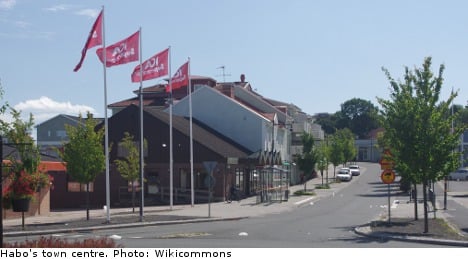The magazine publishes an annual ranking of all 290 Swedish municipalities based on factors ranging from unemployment to teacher-pupil ratios, property prices number of people on benefits and tax rates.
Habo, with a population just shy of 7,000, scored consistently highly in all the categories, leading all municipalities in the “best to have a family” category.
It also scored highly in the “best to be young” and “best to be old” categories.
Habo, which also took the title in 2010, has one of the best divorce rates in the country too, which the mayor of the town, Thomas Werthén, claims can be put down to the overall tranquility of the area.
“It’s peaceful here and not so much happens, perhaps,” Werthén told Fokus magazine.
“It’s quite decent here.”
Second place in the Fokus rankings went to Knivsta, located about 50 kilometres north of Stockholm in eastern Sweden.
The university town of Lund in southern Sweden ranked third, followed by Gnosjö in Småland in south central Sweden, with the upscale Stockholm suburb of Danderyd rounding out the top five municipalities in Sweden.
Lomma in southern Sweden, which topped last year’s ranking, slipped to seventh place this year, just behind the north Stockholm suburb of Sollentuna.
At the other end of the scale was Haparanda in the far north of Sweden, which returned lowly scores in all categories, putting it down in last place on the ranking.
Also among the ten “worst” places to live in Sweden were Södertälje, located 30 kilometres south of Stockholm and Sweden’s third largest city of Malmö, which was ranked 284 out of 290 municipalities, having slipped nearly 100 places from last year’s rankings
“Unfortunately I’m not surprised, but also incredibly dismayed,” local Malmö Moderate politician Anja Sonesson said in a statement.
“Malmö must immediately start working hard to restore our reputation as a tolerant and welcoming city.”
The rankings are based on a total of 42 variables, from the number of sports associations, to pupil-teacher ratios, to levels of taxation.
As for Sweden’s other major cities, Stockholm came in at number 54, Uppsala at 29, while Gothenburg was ranked 207.
TT/The Local/og



 Please whitelist us to continue reading.
Please whitelist us to continue reading.
Member comments